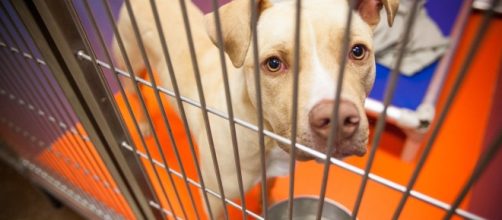It is easier than ever these days to find a puppy or kitty to adopt, whether it is in a pet shop, at a breeder and frequently online. After such adoptions, many of these “saved” pets often end up back in overcrowded shelters where they may have to be put to sleep. Animal Shelter Director Christie Chipps Peters has devised unique methods that work to save more lives of the cats and dogs in her facility.
Director Peters makes changes at the shelter
Christie Chipps Peters is the director of the Richmond animal care & Control, and she divulges her secrets to the success of keeping her Dogs and cats alive while find them loving forever homes.
She devised a method that would reduce the euthanasia rate of her animals by 40 percent within the first year alone. Among the changes she made at the facility was to put up signs that said the shelter would not euthanize any animals due to lack of space. They vow to do everything possible to allow people to come in and adopt, so the animals leave the facility alive. With that in mind, the shelter extended its hours to accommodate the working families and others.
Director Peters and the Richmond Animal Care & Control shelter put a structured program in place that works to train new owners and ensure they keep their pets. Matching the right person with the right pet is often the answer while working with them to address all concerns that can arise.
Knowledge is power in keeping pet and owner together long-term.
Richmond Animal Care & Control is only open admission shelter
Richmond Animal Care & Control is crucial for the Richmond area as the only open admission shelter, taking in any and all animals in need. They often have to turn to social media when numerous animals are seized, asking for help from the public as fosters for these pets in need. Getting the word out there and sharing stories about these pets is critical for success in protecting the animals.
Despite all efforts, there are sometimes a select few animals that need to be euthanized for one reason or another, such as those considered dangerous to humans and other pets or those too ill to recover. Director Peters states that it saddens her to see even one animal euthanized, but it is a disheartening part of the job they do.

